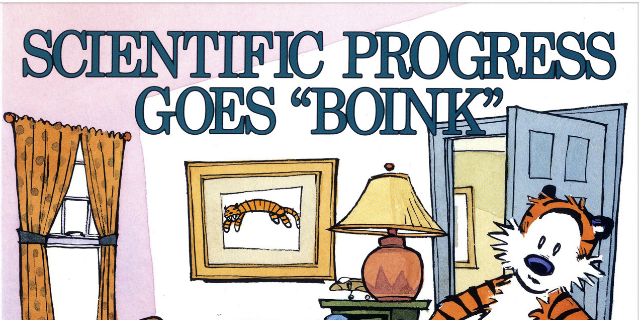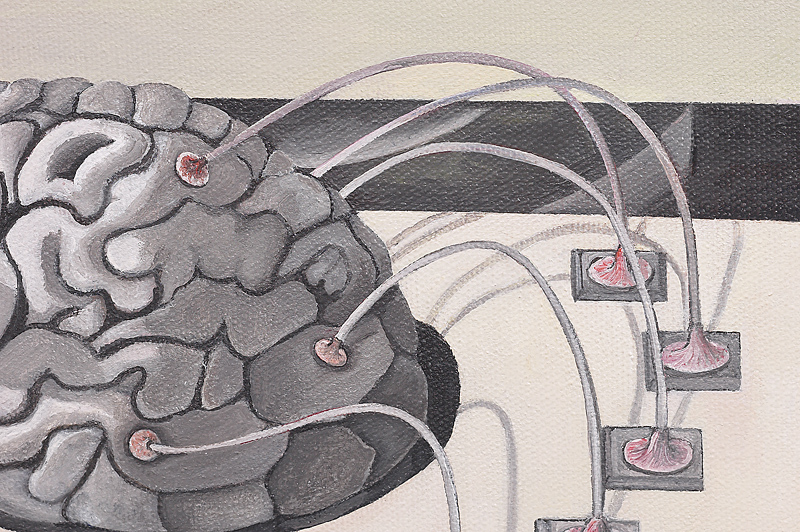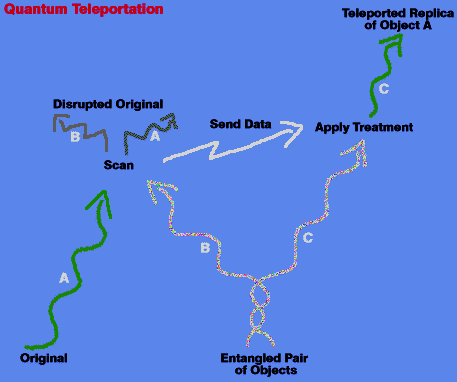 Attachment Research Says It's Okay To Throw Pine Cones At Your Kids
Attachment Research Says It's Okay To Throw Pine Cones At Your KidsI was at the park the other day throwing pinecones at my kids when a horrified mother asked, ...
 Why Calvin's Dad Rocks At Explaining Science To Children
Why Calvin's Dad Rocks At Explaining Science To ChildrenGary Larson tapped into the universal absurd. Charles Schulz helped us identify with the underdog...
 A New Kind Of Reward Teaches Intrinsic Motivation
A New Kind Of Reward Teaches Intrinsic MotivationI would like for my son, Leif, to play the violin. I’m a serious ex music geek and so in addition...










 Eggs and rabbits were common fertility symbols of the ancient world. Today come the spring equinox, we continue to worship the pagan, egg-laying bunny (with a massive display of consumerism).
Eggs and rabbits were common fertility symbols of the ancient world. Today come the spring equinox, we continue to worship the pagan, egg-laying bunny (with a massive display of consumerism). Saint Nicolas of Myra presented three impoverished girls with dowries so they would not have to become prostitutes. His modern incarnation was created and popularized by the 18th century cartoonist Thomas Nast. Come winter solstice, it’s time to worship the jolly old elf (with a massive display of consumerism).
Saint Nicolas of Myra presented three impoverished girls with dowries so they would not have to become prostitutes. His modern incarnation was created and popularized by the 18th century cartoonist Thomas Nast. Come winter solstice, it’s time to worship the jolly old elf (with a massive display of consumerism).
